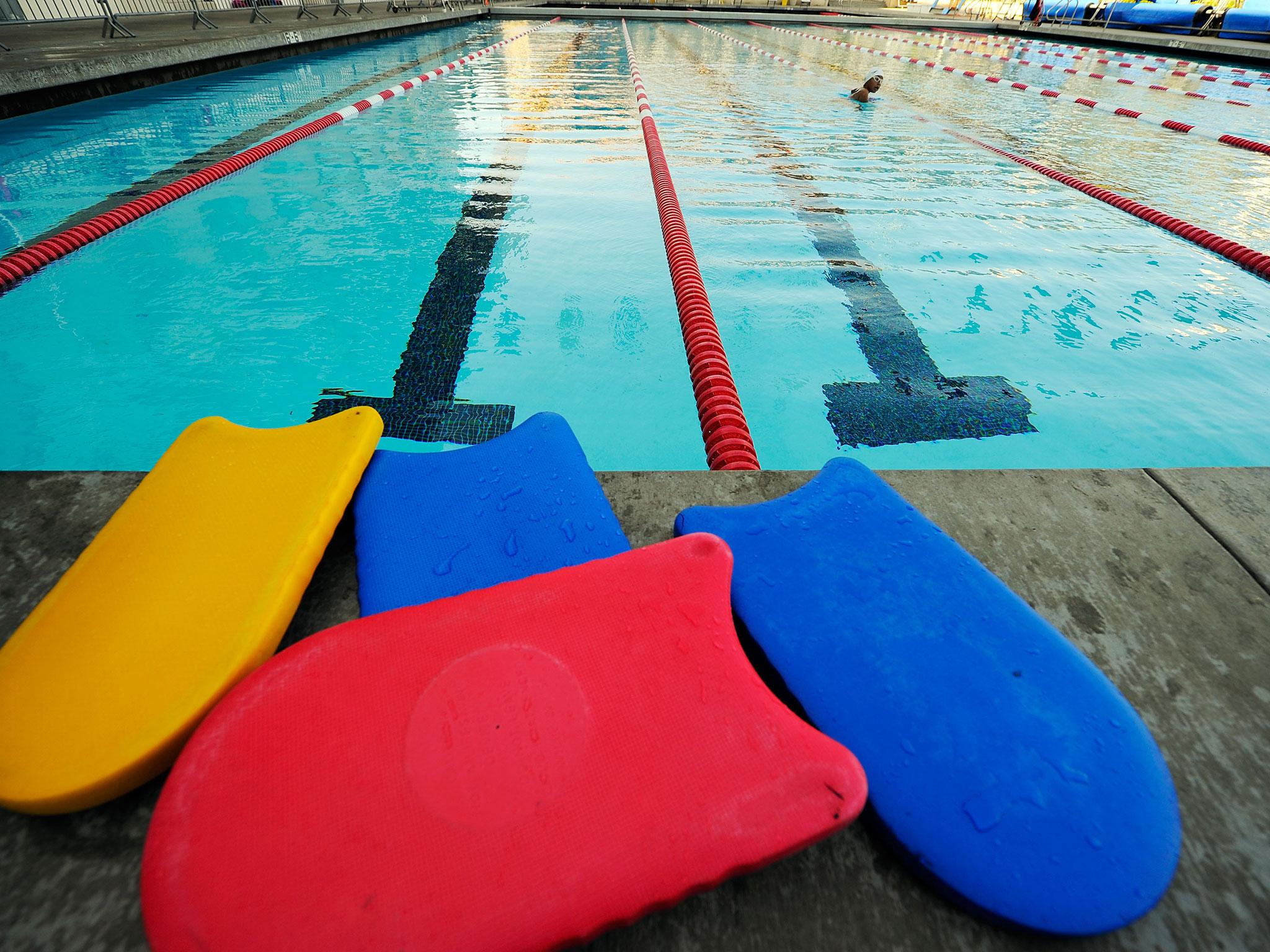Urine levels in swimming pools revealed by study
One pool had 75 litres – 132 pints – of urine, which can react with disinfectant to cause asthma and eye irritation

It is the question most people going swimming really don't want to think about: just how much pee is in this pool?
However, despite this, a team of academics helpfully set out to provide a scientific answer for the edification of humanity, taking more than 250 samples from 31 different pools and hot-tubs.
And the results make alarming reading.
One swimming pool, which was about a third the size of an Olympic-sized one, had an astonishing 75 litres – 132 pints – of urine, while a smaller pool had 30 litres.
The study was carried out in two unidentified cities in Canada, but it seems likely pool-peeing habits are similar in the rest of the world.
“Even though no one would admit to peeing in a pool, obviously somebody has to be doing it,” said one of the researchers, Lindsay Blackstock, a PhD student of analytical and environmental toxicology at Alberta University.
While some people swear by the health benefits of drinking urine, which is sterile, taking a gulp of the stuff in a swimming pool is not a good idea.
This is because it can become harmful – potentially causing asthma and eye irritation – after mixing with chemicals in the water.
The researchers actually tested the water for an artificial sweetener called acesulfame-K, commonly found in processed foods and fizzy drinks.
This is commonly found in urine because it passes straight through the body undigested.
Writing in the journal Environmental Science and Technology Letters, the researchers said the “overnight colour change of the water from blue to green in the 2016 Rio Olympic pools” had highlighted “the need to monitor water quality in swimming pools”.
“Urine contains many nitrogenous compounds such as urea, ammonia, amino acids, and creatinine,” they said.
“These compounds can react with disinfectants (e.g., chlorine) in swimming pools to form disinfection byproducts (DBPs).
“Exposure to volatile DBPs, specifically trichloramine, in indoor swimming facilities can lead to eye and respiratory irritation and has been linked to occupational asthma.
“Although considered a taboo, 19 per cent of adults have admitted to having urinated in a swimming pool at least once.”
Health officials in Alberta said they would be taking a “close look” at the study.
“Under the Public Health Act, the ministry has a regulation that provides standards,” said spokesman Tim Kulak.
“Pools that don’t meet the standards may be closed for remediation.”
Join our commenting forum
Join thought-provoking conversations, follow other Independent readers and see their replies
1Comments